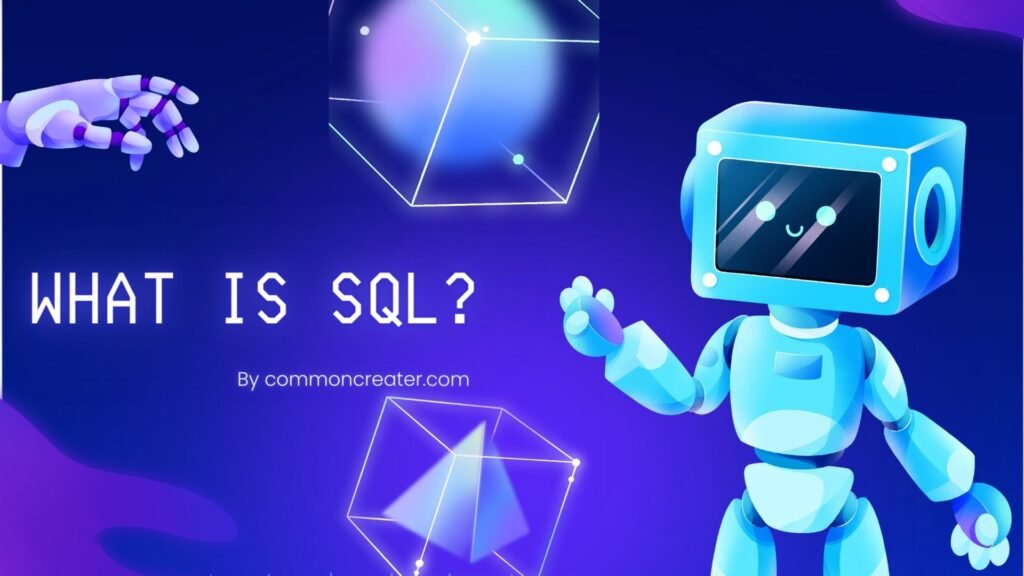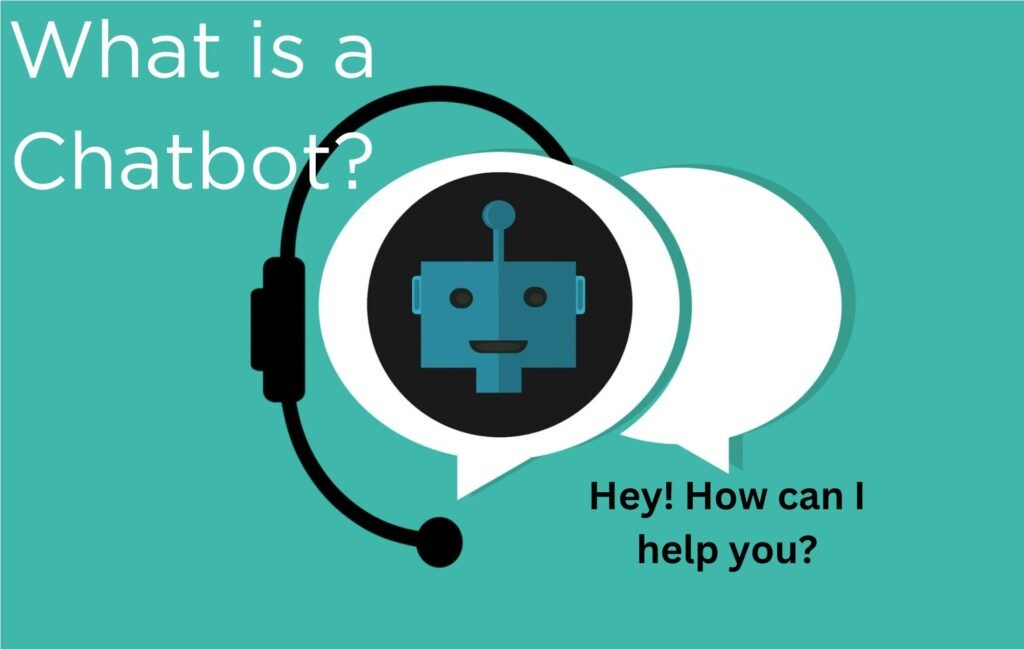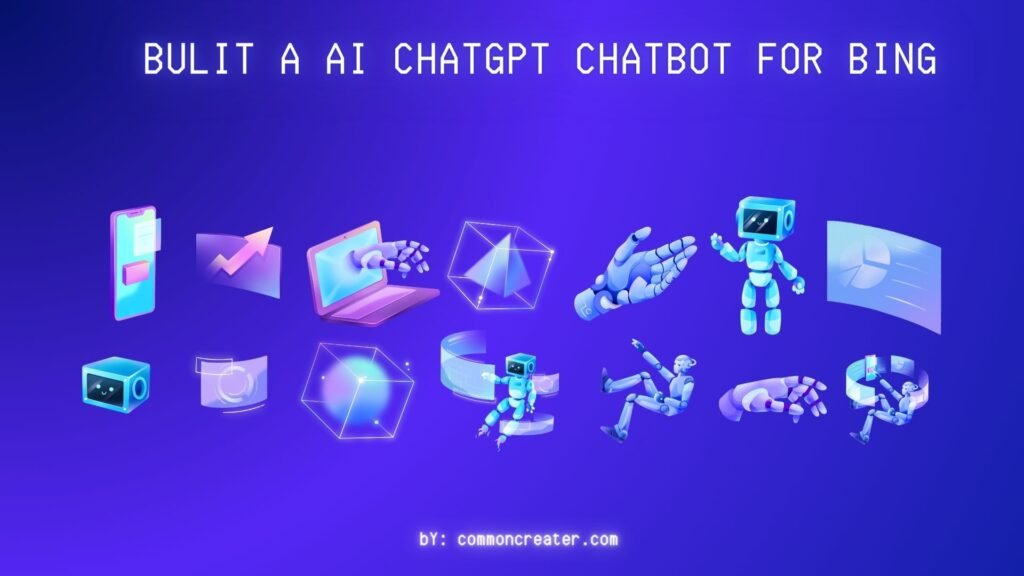5 Booming & Trending Tech Skills That Pay Big in USA 2024.
In the U.S., the tech industry is constantly changing. To stay ahead, it’s not just about learning new skills – it’s about finding a fulfilling career with a bright future. As 2024 unfolds, many professionals are looking for booming and trending technologies that offer innovation and high salaries. This article explores the top 5 trending technologies poised to transform the U.S. job market this year.
Table of Contents
1. Is Artificial Intelligence (AI) and Machine Learning (ML) a trending technology?
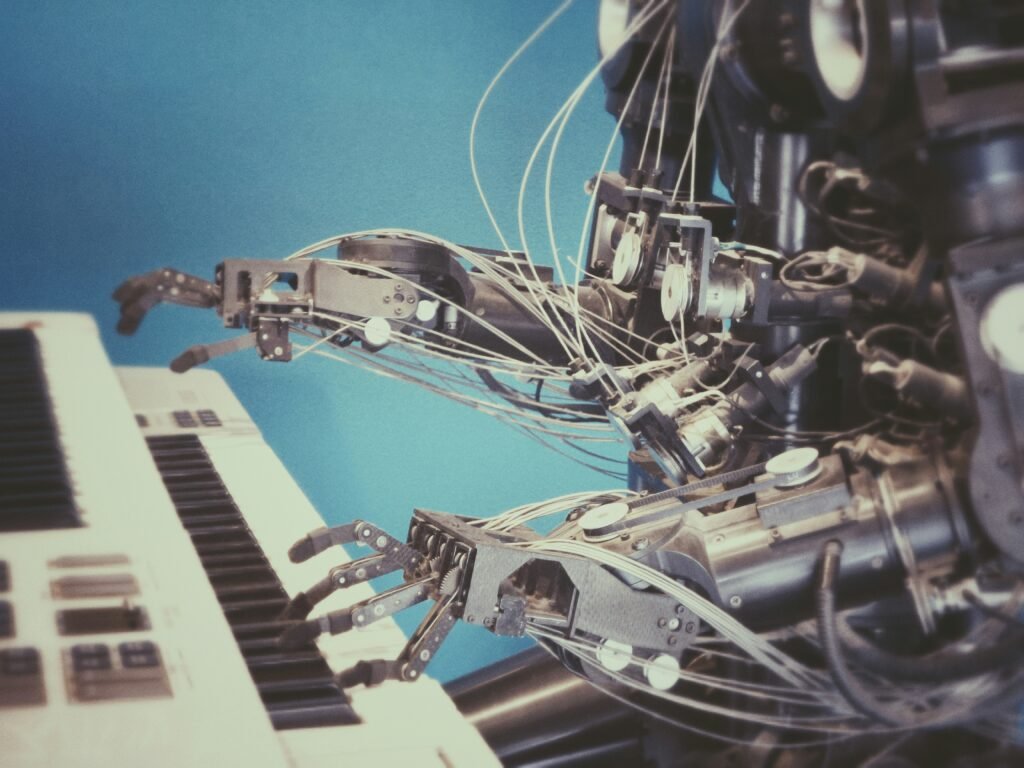
Out of these trending technologies, Artificial intelligence (AI) and Machine learning (ML) are two powerhouse technologies at the forefront of innovation that involve the development of algorithms and systems to enable computers to perform tasks that typically require human intelligence. While they are mutually linked to each other, Both have distinct purposes in the field of data analysis and computer science.
Artificial Intelligence (AI):
Artificial intelligence (AI) isn’t science fiction anymore. There is a driving force behind machines that can imagine for themselves, and copy human capabilities like problem-solving, language comprehension, and even decision-making. The ultimate goal is to create intelligent systems that can tackle tasks requiring the human intellect.
Narrow AI (Weak AI):
With the dreams of super-intelligent robots dominating popular culture, AI is designed to perform a specific task in real-world applications such as virtual personal assistants like Siri or Alexa, self-driving cars, recommendation systems on streaming platforms, and facial recognition technology.

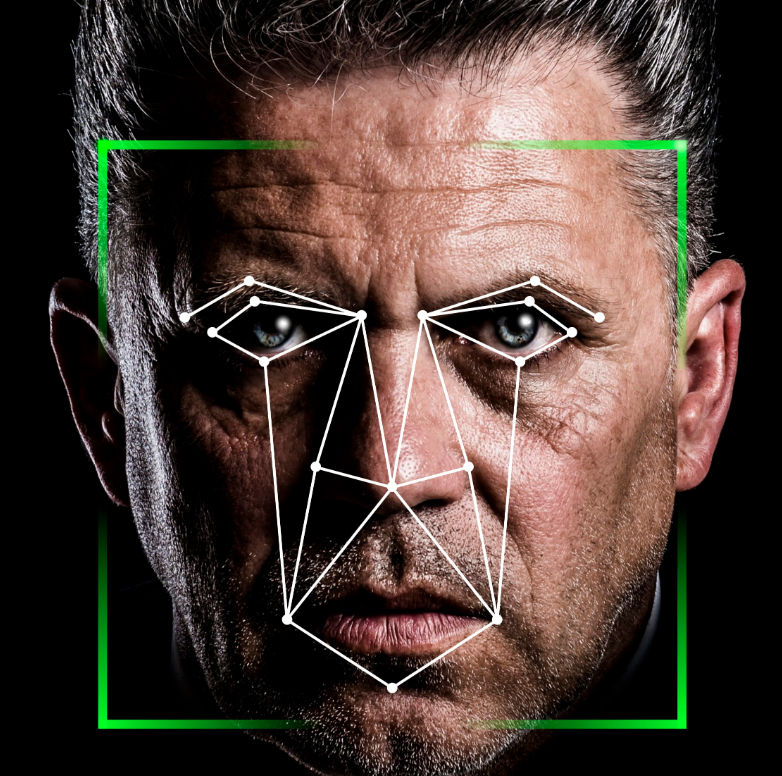
General AI (Strong AI):
This is the true horizon of Artificial Intelligence (AI) which is known as Artificial General Intelligence (AGI). Its purpose is to create machines that have human-level intelligence that can learn to resolve critical problems, grasp a wide range of conditions and concepts of problems, and generate meaning and creative content for us.
This is a more advanced form of AI in top trending technologies that possess the ability to understand, learn, and apply knowledge across different domains, similar to human intelligence. General AI is still largely theoretical and does not yet exist in practical applications.
Machine Learning (ML):
Supervised Learning:
Unsupervised Learning:
Reinforcement Learning:
Here are the core concepts and features of both AI and ML:
Training Data: This is the fuel for machine learning. It’s the information the model “studies” to learn patterns and make predictions. The quality and quantity of training data significantly impact the model’s performance.
Features: These are the building blocks the model uses to understand the data. Think of them as characteristics or attributes extracted from the training data. For example, in an email spam filter, features might include the sender’s email address, keywords in the subject line, or the presence of specific words in the body of the email.
Labels: These are the crucial outputs the model aims to predict in supervised learning. Imagine labeling emails as “spam” or “not spam” to train a spam filter. Labels provide the model with a clear understanding of the desired outcome for each data point.
Model: This is the heart of the machine learning system. Based on the training data, features, and labels, the model learns to identify patterns and relationships. It’s then used to make predictions on new, unseen data.
AI and ML: Working Together
Machine learning is a powerful tool within the broader field of AI. It allows AI systems to learn and adapt without explicit programming, making them more flexible and powerful.
Understanding these key concepts provides a solid foundation for exploring the exciting world of AI and ML! These fields are constantly evolving, promising to revolutionize various industries and shape the future.
2. Revolution in 5G

In these trending technologies, 5G is fifth-generation trending technology, refers to the latest generation of mobile networks and wireless communication systems. It represents a significant leap forward from its predecessor, 4G (LTE), in terms of speed, capacity, and overall performance. 5G technology aims to provide faster data speeds, lower latency, increased device connectivity, and support for a wide range of applications and services.
Speed and Data Capacity:
Low Latency:
Increased Device Connectivity:
Network Slicing:
Network slicing is a feature of 5G that allows operators to create multiple virtual networks on a single physical infrastructure. Each slice can be tailored to specific applications or services, ensuring optimized performance for diverse use cases.
Improved Spectrum Utilization:
Enhanced Mobile Broadband (eMBB):
Massive Machine Type Communications (MMTC):
5G supports the connectivity needs of a massive number of IoT devices, enabling efficient communication between devices with low power consumption. This is essential for applications in smart cities, agriculture, and industrial automation.
Ultra-Reliable Low Latency Communications (URLLC):
URLLC is a key aspect of 5G that focuses on providing highly reliable and low-latency communication. It is critical for applications where reliability and real-time responsiveness are paramount, such as mission-critical services and industrial automation.
3. Block Chain

Out of other trending technologies, Blockchain is a decentralized and distributed digital ledger technology that enables secure, transparent, and tamper-resistant record-keeping of transactions across a network of computers. It serves as the underlying technology for cryptocurrencies like Bitcoin, but its applications extend far beyond digital currencies. The fundamental idea behind blockchain is to create a trustless and immutable system where participants in a network can securely and transparently record and verify transactions without the need for a central authority.
Decentralization:
Unlike traditional centralized systems where a single authority controls the entire network, blockchain operates in a decentralized manner. Each participant (node) in the network has a copy of the entire blockchain, and no single entity has control over the entire system.
Distributed Ledger:
Consensus Mechanism:
Blockchain networks use consensus mechanisms to agree on the validity of transactions and to confirm the state of the ledger. Common consensus mechanisms include Proof of Work (used in Bitcoin), Proof of Stake, and Practical Byzantine Fault Tolerance.
Cryptography:
Cryptographic techniques, such as hashing and digital signatures, play a crucial role in securing transactions and ensuring the integrity of the data stored in each block. Once a block is added to the blockchain, it is extremely difficult to alter previous blocks without altering all subsequent blocks, providing a high level of security.
Smart Contracts:
Smart contracts are self-executing contracts with the terms of the agreement directly written into code. They automatically execute and enforce the terms of a contract when predefined conditions are met. Ethereum is a popular blockchain platform known for supporting smart contracts.
Permissioned and Permissionless Blockchains:
In permissionless blockchains (e.g., Bitcoin), anyone can participate in the network, validate transactions, and add blocks to the chain. Permissioned blockchains, on the other hand, restrict access to certain participants, making them suitable for business or consortium applications.
Use Cases Beyond Cryptocurrencies:
While blockchain gained prominence with cryptocurrencies, its applications extend to various industries. These include supply chain management, healthcare, finance, voting systems, identity verification, and more. Blockchain is seen as a tool to enhance transparency, reduce fraud, and streamline processes in diverse sectors.
Immutability:
Once a block is added to the blockchain, it is practically impossible to alter its contents. This immutability ensures a reliable and unchangeable record of transactions, contributing to the integrity and trustworthiness of the system.
Tokens and Cryptocurrencies:
Many blockchain systems have their native tokens or digital currencies. These tokens can be used for various purposes within the network, such as paying transaction fees, accessing specific features, or representing assets on the blockchain.
4.Cybersecurity

Out of other trending technologies, Cybersecurity, or information security, is the practice of protecting computer systems, networks, and data from theft, damage, unauthorized access, or any form of cyber threats. As our reliance on digital technologies has grown, so too has the need for robust cybersecurity measures to safeguard sensitive information, maintain privacy, and ensure the integrity of digital assets.
Information Security:
Information security involves safeguarding data from unauthorized access, disclosure, alteration, or destruction. This includes protecting both digital and physical information assets.
Cyber Threats:
Cyber threats encompass a range of malicious activities aimed at exploiting vulnerabilities in computer systems and networks. Common cyber threats include malware (viruses, worms, ransomware), phishing, social engineering, and denial-of-service (DoS) attacks.
Cybersecurity Measures:
To defend against cyber threats, organizations and individuals implement a variety of cybersecurity measures. These include firewalls, antivirus software, intrusion detection systems, encryption, multi-factor authentication, and regular security updates.
Network Security:
Network security focuses on protecting the integrity and confidentiality of data during transmission across computer networks. This involves the use of firewalls, secure Wi-Fi protocols, virtual private networks (VPNs), and monitoring network traffic for suspicious activities.
Endpoint Security:
Endpoint security involves securing individual devices (endpoints), such as computers, smartphones, and tablets, against cyber threats. This includes antivirus software, endpoint detection and response (EDR) solutions, and mobile device management (MDM) systems.
Access Control:
Access control measures ensure that only authorized individuals have access to specific systems, networks, or data. This involves user authentication, authorization mechanisms, and the principle of least privilege, which limits user access to the minimum necessary for their roles.
Incident Response:
Incident response is a set of procedures and processes aimed at quickly identifying, managing, and mitigating the impact of a cybersecurity incident. It involves a coordinated approach to analyzing, containing, eradicating, and recovering from security breaches.
Security Awareness Training:
Human factors play a significant role in cybersecurity. Security awareness training educates individuals within an organization about cybersecurity best practices, the risks of social engineering, and the importance of maintaining good cyber hygiene.
Encryption:
Encryption is the process of converting information into a secure code to prevent unauthorized access. It ensures that even if data is intercepted, it remains unreadable without the appropriate decryption key.
Security Policies and Governance:
Establishing and enforcing security policies is crucial for maintaining a strong cybersecurity posture. Governance frameworks guide organizations in managing and overseeing their cybersecurity practices, ensuring compliance with regulations and industry standards.
Continuous Monitoring:
Continuous monitoring involves real-time surveillance of networks and systems to identify and respond to security incidents promptly. This proactive approach helps detect and mitigate threats before they cause significant damage.
5. Quantum Computing

Quantum computing is an advanced area of computing that leverages the principles of quantum mechanics to process and store information. Unlike classical computers, which use bits as the basic unit of information represented by either 0 or 1, quantum computers use quantum bits or qubits. Qubits can exist in multiple states simultaneously, thanks to a phenomenon called superposition. This unique property allows quantum computers to perform complex calculations at unprecedented speeds and efficiency for certain types of problems.
Here are key concepts and principles associated with quantum computing:
Qubits, Superposition, Entanglement, Quantum Gates, Quantum Circuit, Quantum Algorithms, Quantum Parallelism, Quantum Speedup, Quantum Supremacy, Challenges
Conclusion of above 5 trending technologies:
Artificial Intelligence and Machine Learning continue to spearhead innovation, transforming industries with intelligent automation and predictive analytics.
The rollout of 5G technology heralds a new era of connectivity, opening avenues for professionals who can navigate the complexities of this cutting-edge advancement.
Blockchain, extending beyond its cryptocurrency roots, emerges as a transformative force in finance, healthcare, and supply chain management. Cybersecurity remains a critical frontier, with organizations investing substantially to secure their digital assets, creating a high demand for skilled professionals.
Quantum Computing, though still in its early stages, captures the imagination of tech enthusiasts and researchers alike. Its potential to revolutionize computation positions those with expertise in this domain as pioneers in shaping the future.
In 2024, the intersection of skill, knowledge, and the top trending technologies opens doors to not just jobs but to lucrative and fulfilling careers in the dynamic world of tech.

